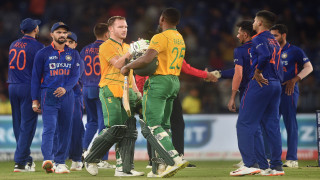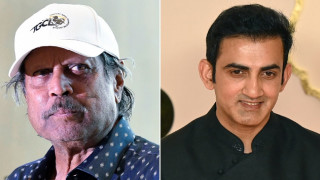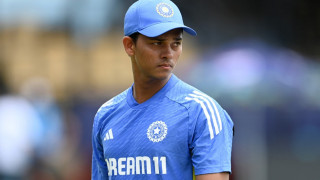
Cricket, once a sport with minimal protective gear, has witnessed a significant transformation in terms of player safety equipment. Today, at TopIndianNews, we explore why protective gear such as helmets, spikes (shoes), and gloves have become crucial in the world of cricket.
In the era of legendary cricketer Sunil Gavaskar, helmets were a rarity on the cricket field. Many batsmen, including Gavaskar, opted not to wear them. However, the landscape of cricket has changed, and today, wearing a helmet is considered an essential part of a batsman’s attire.
The increased use of protective gear in cricket is rooted in the science of the sport and, more importantly, the need to reduce the risk of head injuries. Cricket poses a significant risk of head injuries, accounting for nearly 25% of all cricket-related injuries. Some of these injuries can be life-threatening. The tragic death of Australian cricketer Phil Hughes in 2014, resulting from a blow to the lower part of his head by a cricket ball, underscores the importance of head protection through helmets.
According to a medical expert, when two objects collide, they generate a force, leading to an impact or shock. Helmets, often equipped with foam padding, play a crucial role in reducing the impact of such shocks. The padding in helmets absorbs some of the force, creating a protective barrier for the player’s head. Cricket helmets are designed to disperse the force of a fast-paced cricket ball impact. The foam inside the helmet gradually spreads the impact, reducing its intensity. Additionally, helmets often feature a grill made of lightweight yet sturdy materials like titanium. This material is lighter and stronger than the steel used previously in helmets.
Spikes play a vital role in cricket, whether it’s batting, fielding, running, or bowling. They provide players with a secure grip on the ground, preventing slips and falls during crucial moments in the game. Spikes create high friction with the ground, allowing players to make quick turns or sudden stops without slipping. Cricket spikes are strategically placed on the sole of the shoes, both in the front and back. This configuration ensures that the player’s weight is transferred to the spike-covered areas, generating friction. In contrast, flat-soled shoes distribute weight across the entire sole, increasing the risk of slipping.
The evolution of cricket safety equipment, including helmets, spikes, and gloves, has fundamentally transformed the game. While the absence of these protective measures was a norm in earlier days, their adoption is now essential for the well-being of cricketers. As the science of cricket continues to advance, player safety remains a top priority.













Copyright © 2025 Top Indian News
